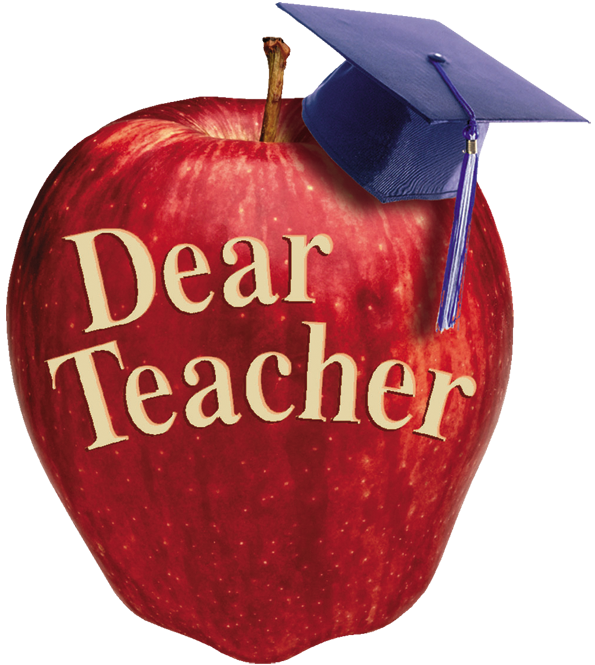Question: In a recent column, you gave parents some tips on teaching their children basic math facts. Finding the sum of 4+6, which you explained as 4+4+2, is a lot easier when learned with my trick. What number fits right between 4 and 6? It's 5. Double 5 to get the answer. This works for partner facts like 2+4 and 4+2, and 3+5 and 5+3. - Math Book Author
Answer: Thanks for the hint. Learning tricks like yours makes it easier for children to figure out the answers to basic math facts when they have not yet committed them to memory. The goal, of course, is for these facts to become automatic.
Here's another way for parents to help their children learn the basic facts, and it's fun because it involves playing a game. Since 10 is the basis of our number system, it is very important for children to become familiar with all the number combinations that make 10 when added together (5+5, 8+2 and so on). A new version of our Bean Game will do this.
Color one side of 10 beans (coins or counters) with marking pens, nail polish or paint. Place the beans in a container that can be used as a shaker. Two or more players can enjoy this game. The first player shakes the container and dumps out the beans. He or she then counts the number of painted and unpainted beans, states the combination - 4 (painted) + 6 (unpainted) equals 10 - and writes down the number of painted and unpainted beans on a chart. The player continues until he or she hits a previously rolled combination. Then it's the other player's turn. The winner is the player who shakes the largest number of different combinations in his or her turn.
While children might think of the Bean Game as simply a game, it really is an opportunity to practice math skills. We would appreciate our readers sending us other math games used to teach the basic facts so that we can share them with the rest of you.
